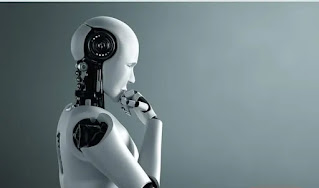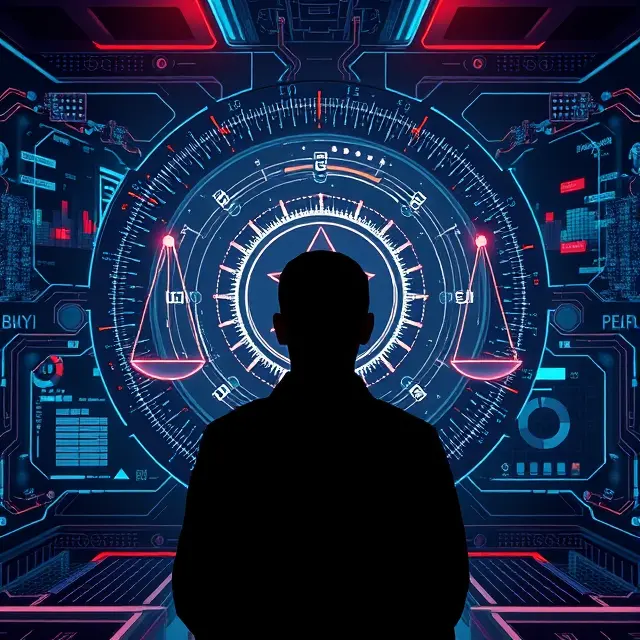The future of robotics: the relationship between humans and machines
Robots are now being transformed from intelligent machines to intelligent assistants of humans through the most common sensor technology. These robots are becoming part of a dynamic continuum. Humans are able to adapt to other machines and the digital environment in which robots operate.
Post Index:
The potential benefits of cooperating with humans and robots built with the help of sensors are many. These include worker protection, increased productivity, and the creation of new income streams through innovation.
In the future, various technologies and data mountains will be created through automation. This can lead to a number of major challenges at once. Fortunately, these challenges can be addressed using the same technology that has made automation possible. The challenges are:
Challenge 1: The risk of humans and robots working together
Working with ‘fragile’ human bodies in the midst of powerful machines is quite risky. To date, this risk has been reduced by preventing humans from working in positions close to active robots. Many times people have been kept away from machines by shields and guardrails. Sometimes this risk has been reduced by keeping everyone in a separate room. However, such strategies can no longer be implemented in a collaborative environment. Because humans are now much more likely to work closely with their fellow robots.
These robots rely on technologies such as mechanical protection as well as multiple sensors and artificial intelligence to understand the world around them and work there safely. In addition, a new robot that finds itself installed in the environment will add many more sensor-rich IoT (IoT: Internet of Things) devices in the future. Many such devices are now waiting to come on the market.
Many consider IoT and robotics technology to be separate fields. That is why the places of coordination between the two branches are no longer discussed. But by re-imagining them together, IoT and industrial robotics have now become the Internet of Robotics or IoRT.
Challenge 2: Data overload
Due to the high level of sensors in different machines, any industrial environment is gradually enriched with the data obtained from the sensors. However, common computing frameworks often cannot cope with this huge amount of data. And pushing data into the cloud for processing is no longer effective in many applications.
The solution to this problem is in the Edge device. Edge devices and robots with artificial intelligence and access to huge amounts of data can make decisions much faster than humans. As robots are created to do more work and make more decisions independently, it is becoming increasingly important for computing to work on Edge devices.
For example, a robot powered by data stored and processed on Edge devices can detect the risk of its own system crashing in advance. The risky machine can shut itself off by communicating with others on the assembly line. Then other robots immediately adapt their workflow to fill the deficit of the inactive robot.
The production line may slow down a bit as a result of inactivity, but it will not stop completely. Then, if someone fixes the damaged robot, the whole system will return to its previous full speed.
Challenge 3: End-to-end cyber security
As modern robots become more portable, collaborative, edge-resident and online-based, data-rich systems can become a target for hackers. As a result, various organizations that use robots can be exposed to various business risks such as malware, cyber-extortion, production delays. In addition, cyber-attacks targeting powerful robotic systems can pose a serious physical security risk to human workers.
What is the solution? A complete end-to-end cyber security system is the only solution. Systems Integrators need to understand the machines they are installing and the overall environment in which they operate. As well as looking at securing potential access points and vulnerable targets. The robot operator’s IT team must be aware and actively monitor the various risks. At the same time, the security system needs to be constantly updated.
Even when a used device is inoperable, security risks often remain. Therefore, in order to prevent any device from falling into the hands of potential criminals, the devices should be eroded by using temper-proofing system or by removing the sensitive software, so that reverse engineering is no longer possible.
***
Although the robotics and IoT communities are different, they are driven by interrelated goals. IoT mainly focuses on sensing, monitoring and tracking in a wide range of ways. Robotics, on the other hand, focuses on community production activities, interactions, and automated behavior. Integrating the two fields will make it possible to implement robotic activities in a better way. It is possible to use a lot of data obtained from robots to make decisions through analysis and artificial intelligence on various issues. In this way, the robotics of the future will open the door to closer collaboration between humans and machines.
Read more: What is the Internet of Things or IoT?
fb.com/citytouchdigital/posts/1862941927204380


